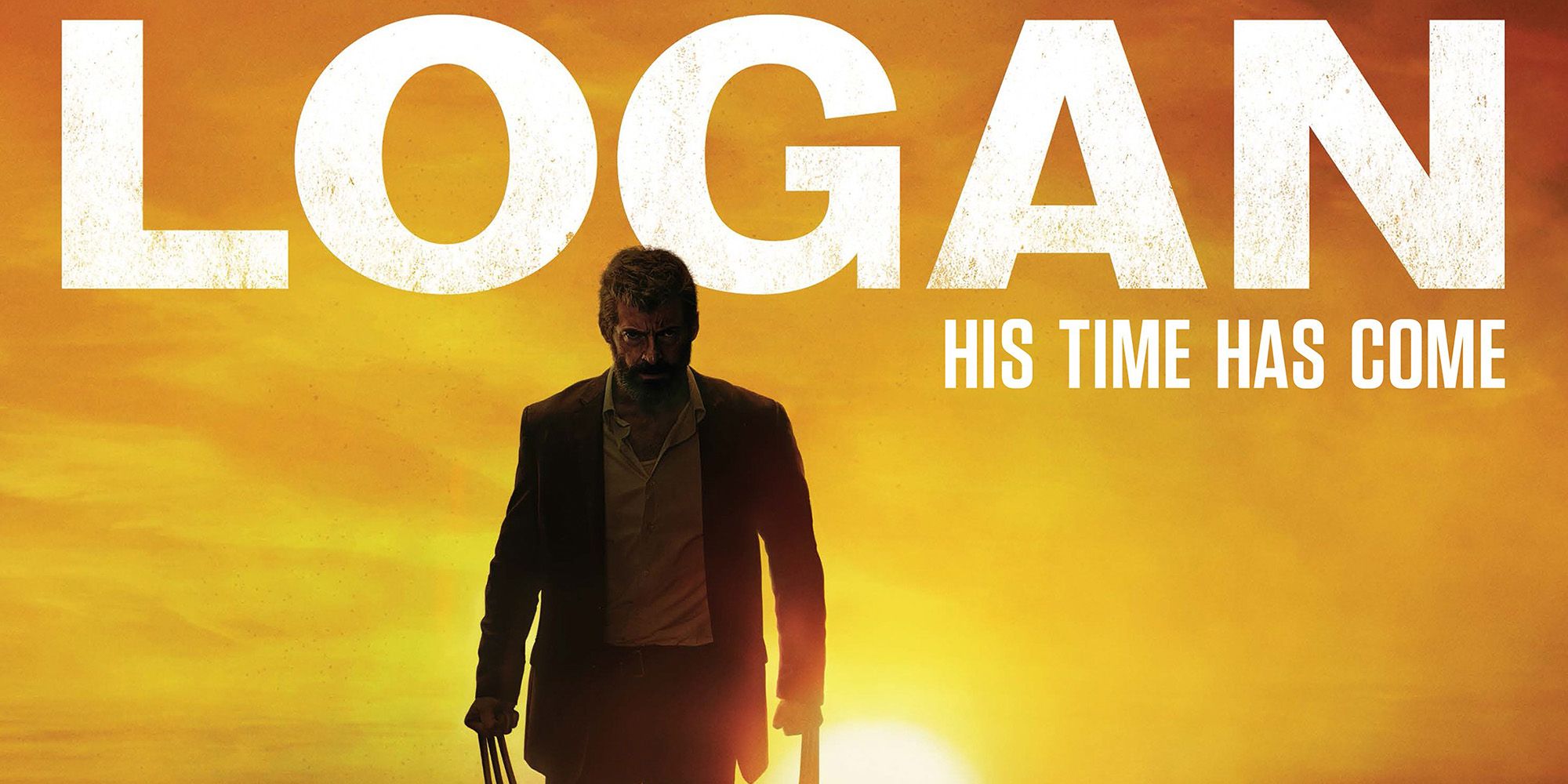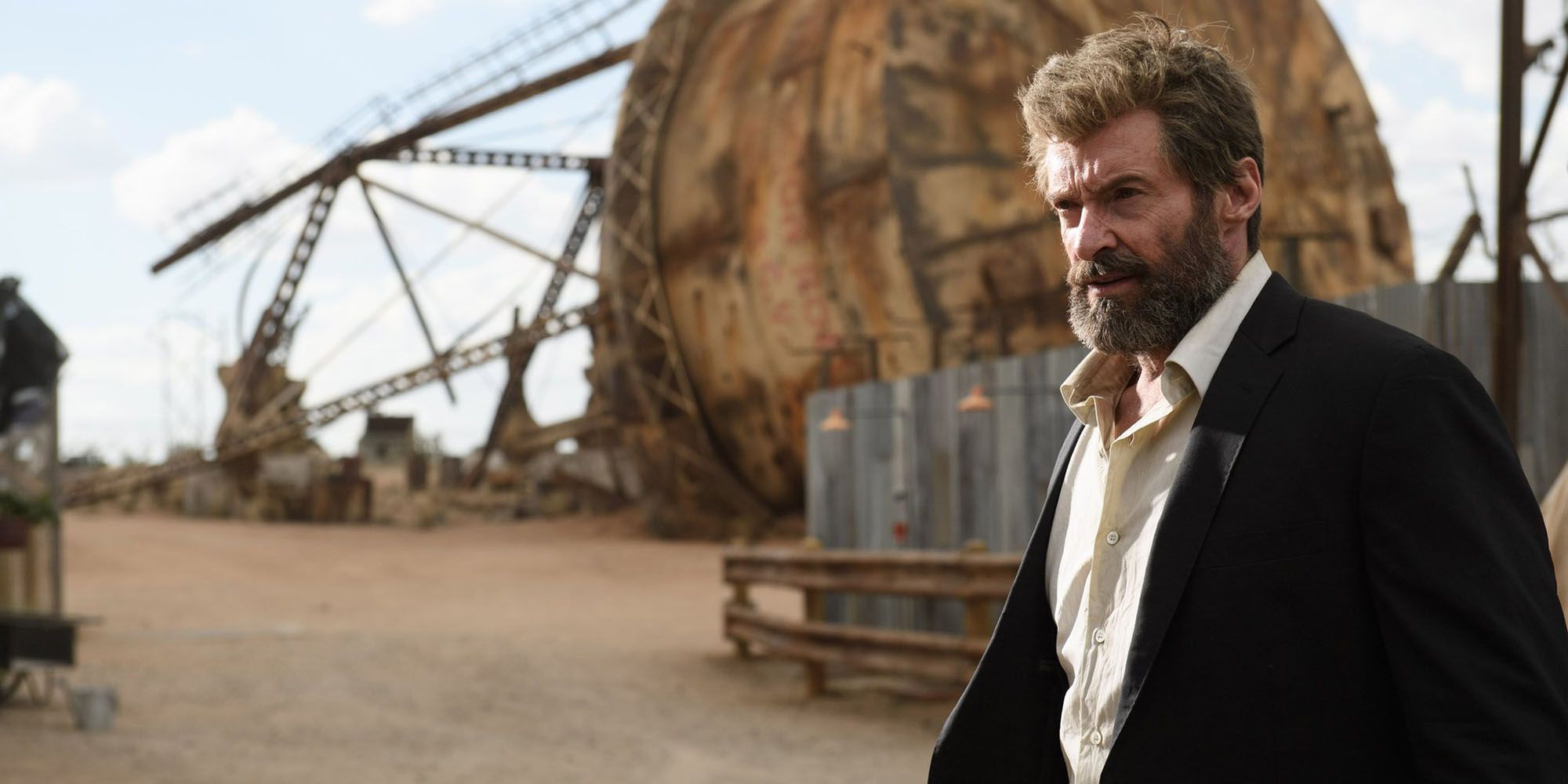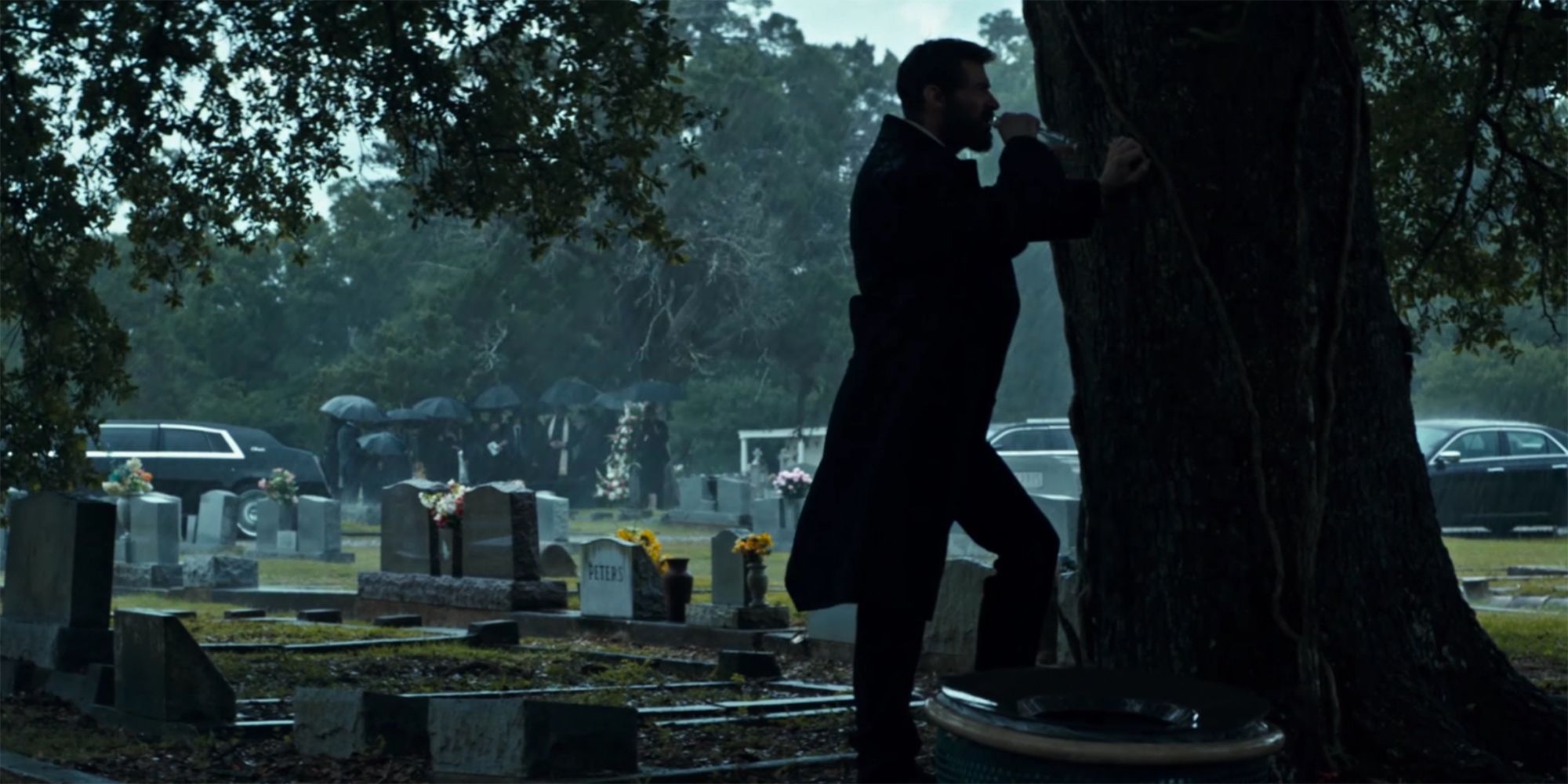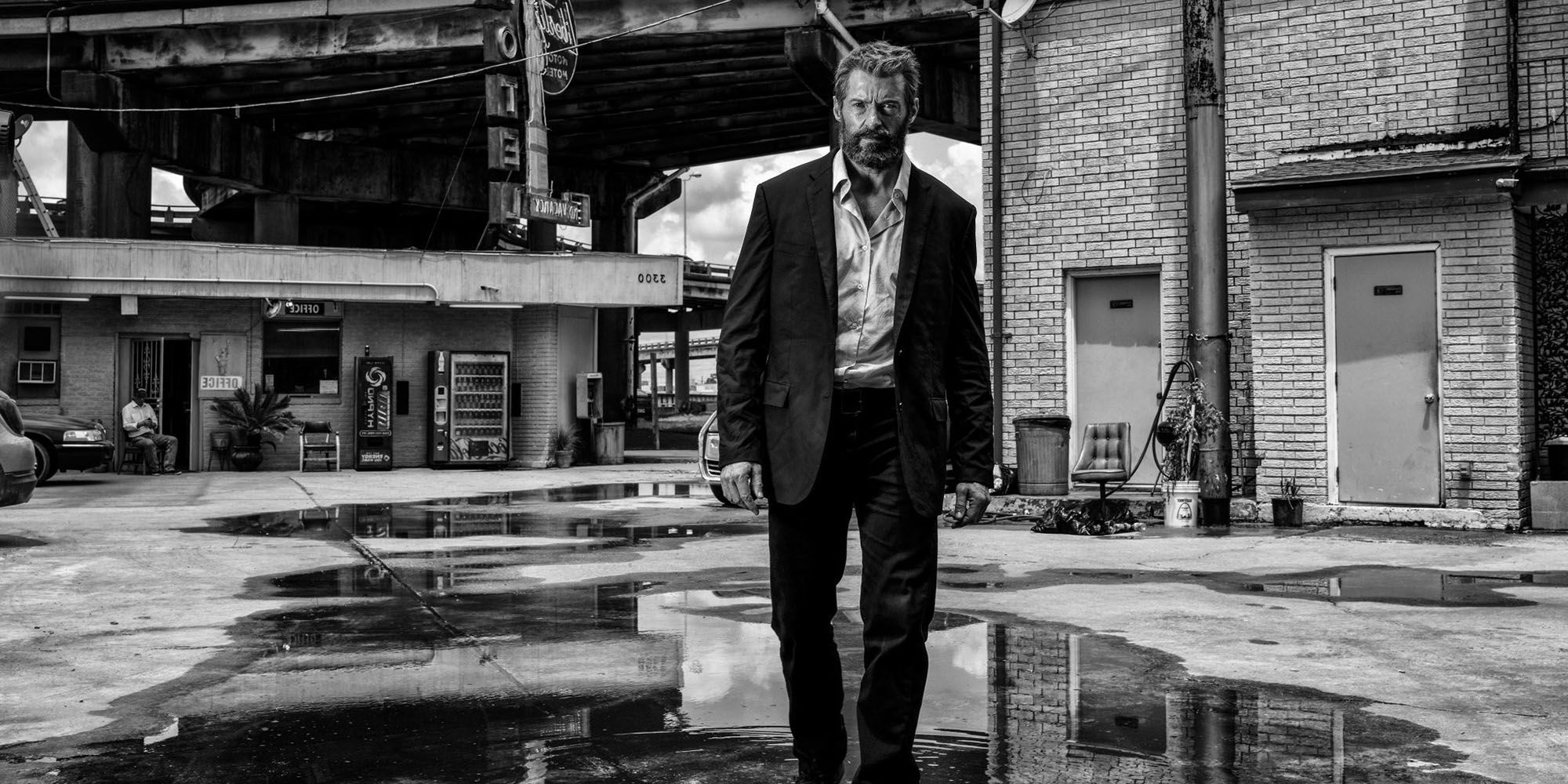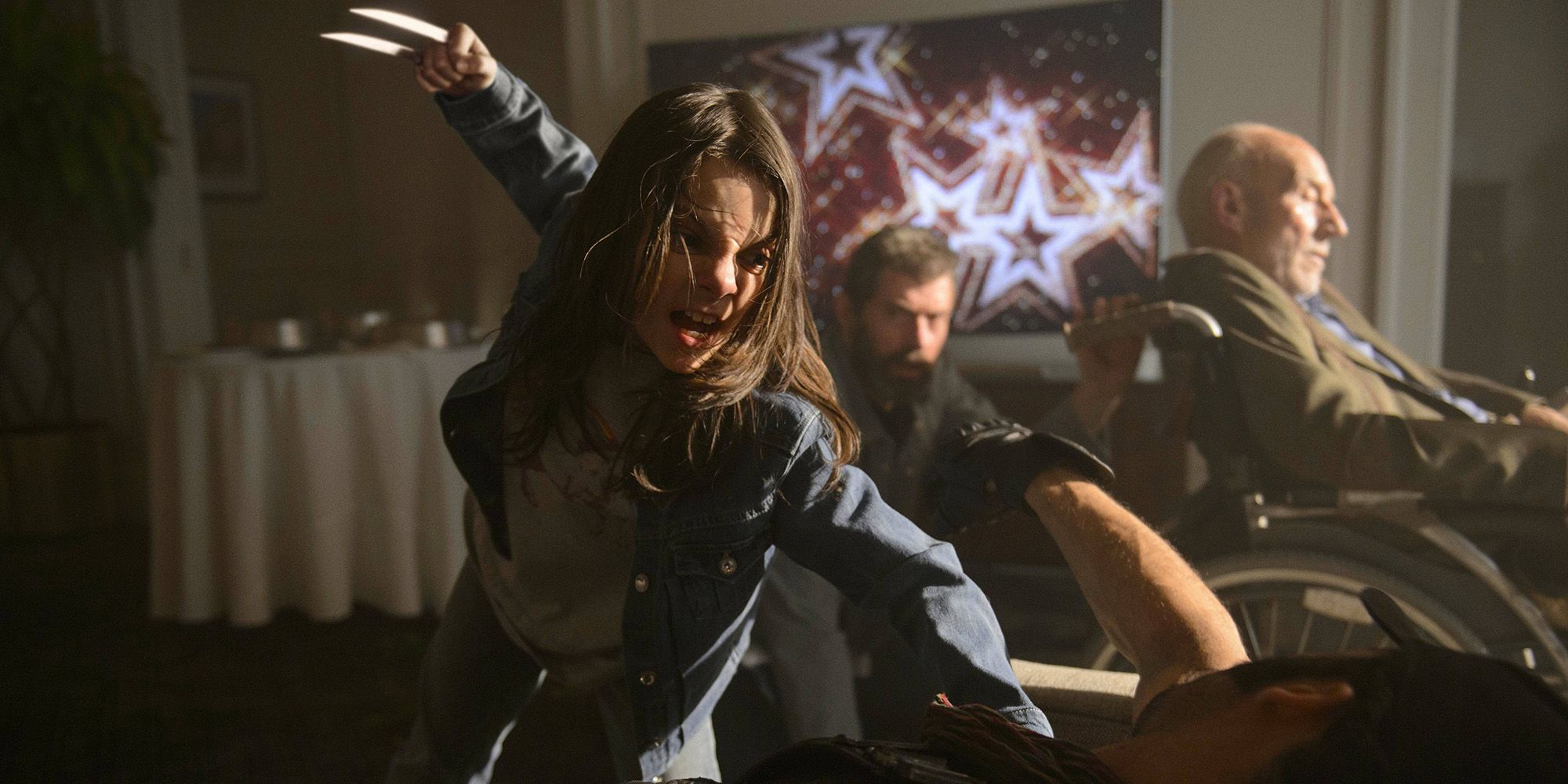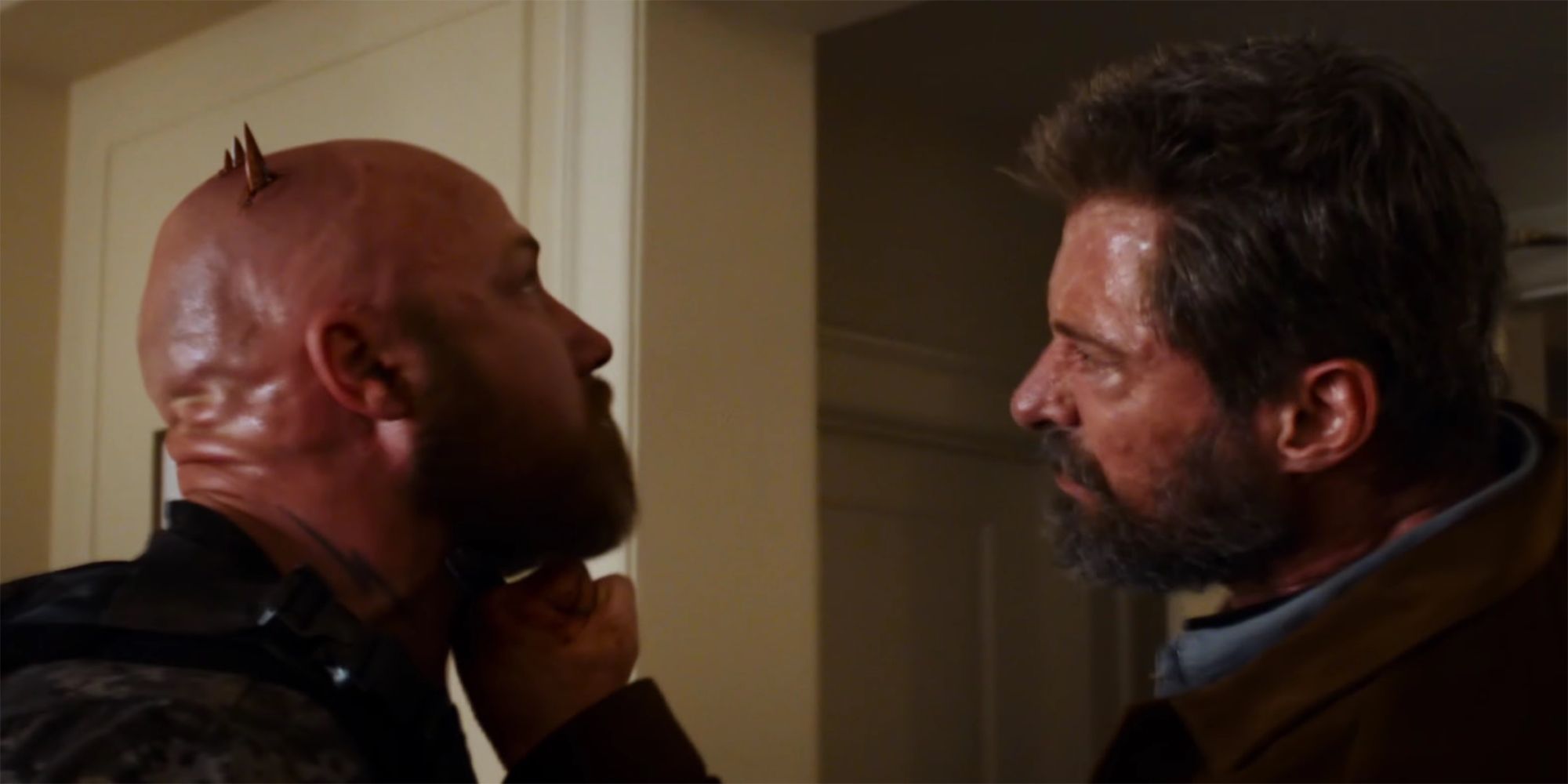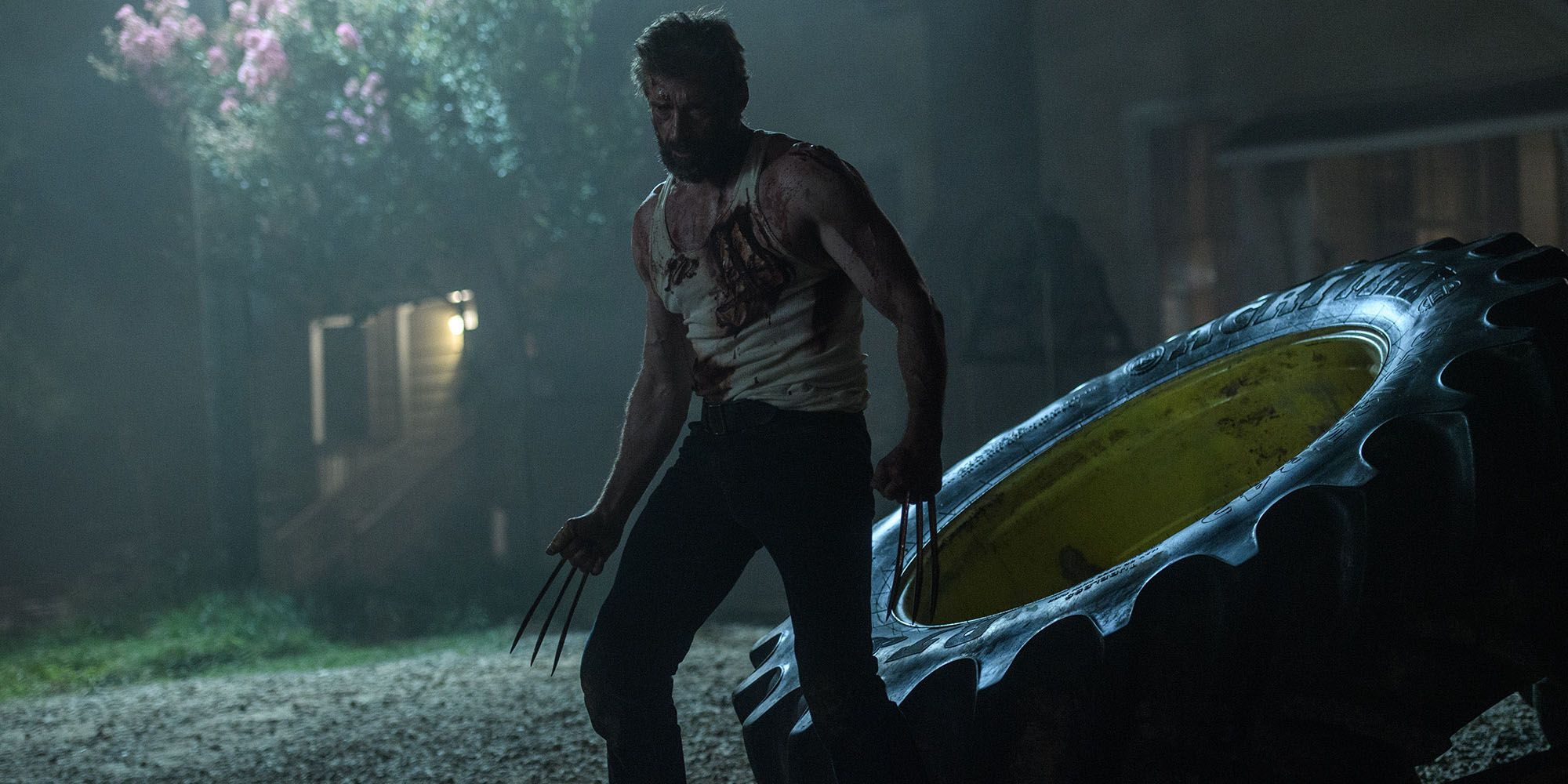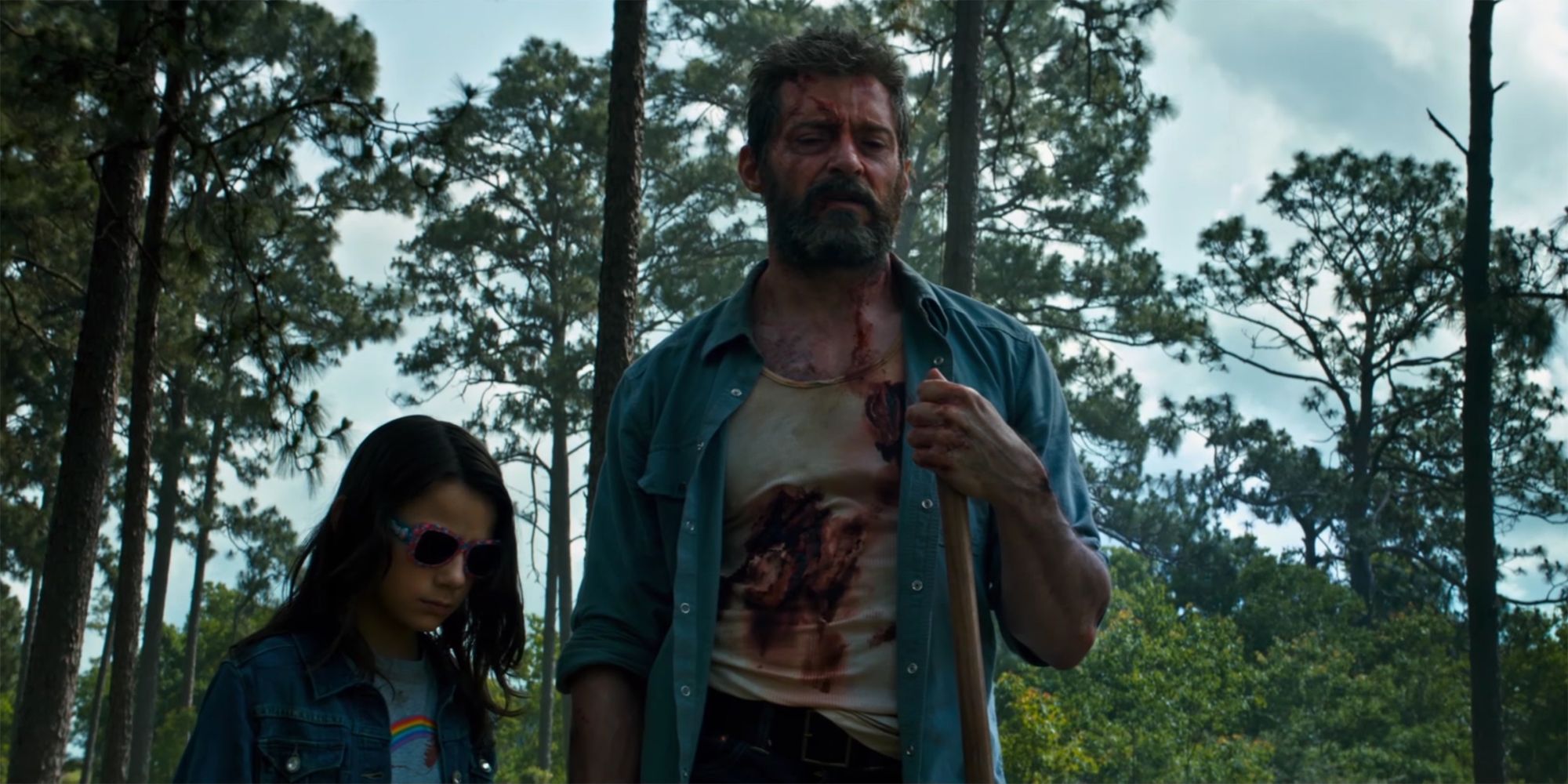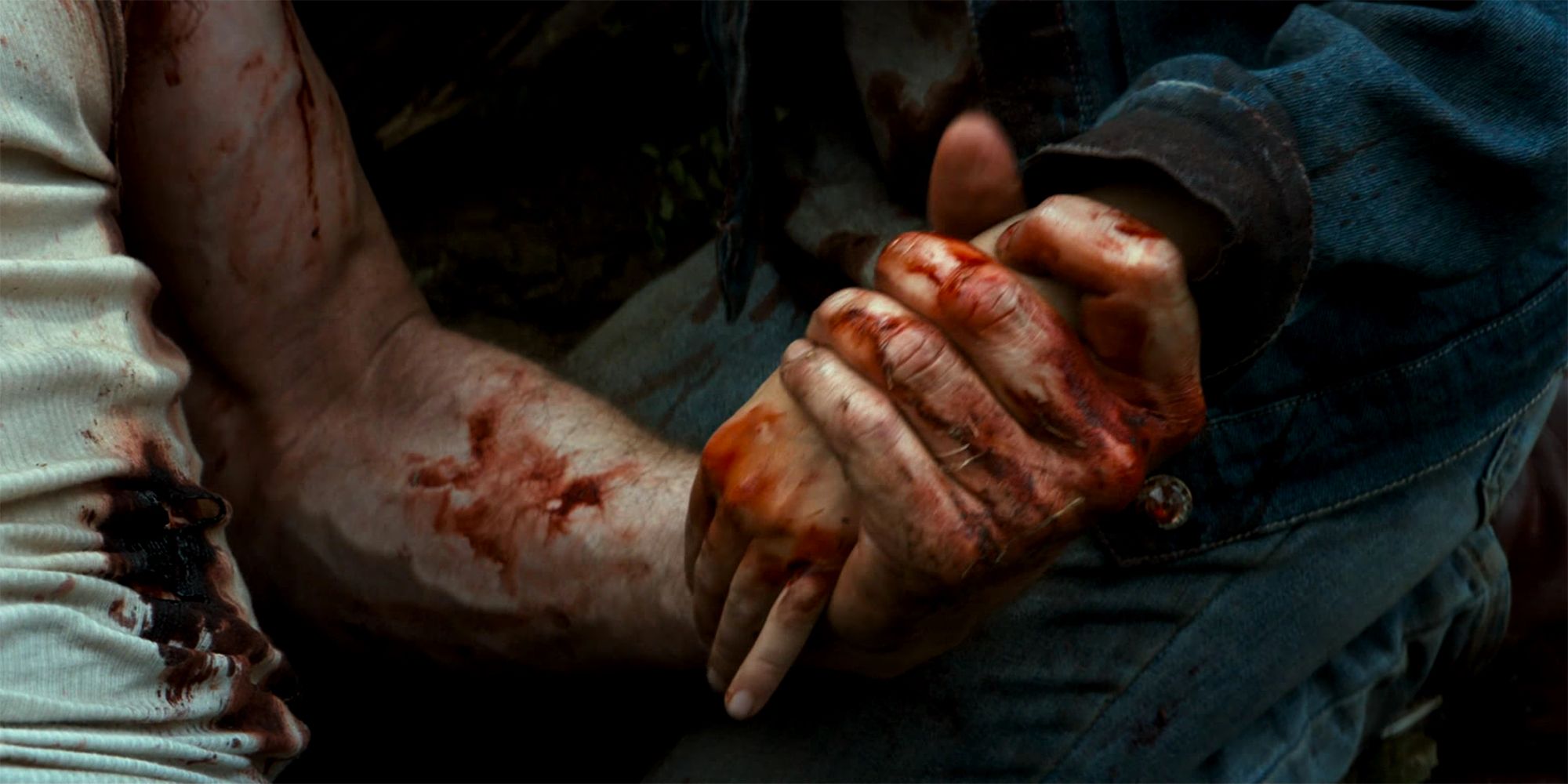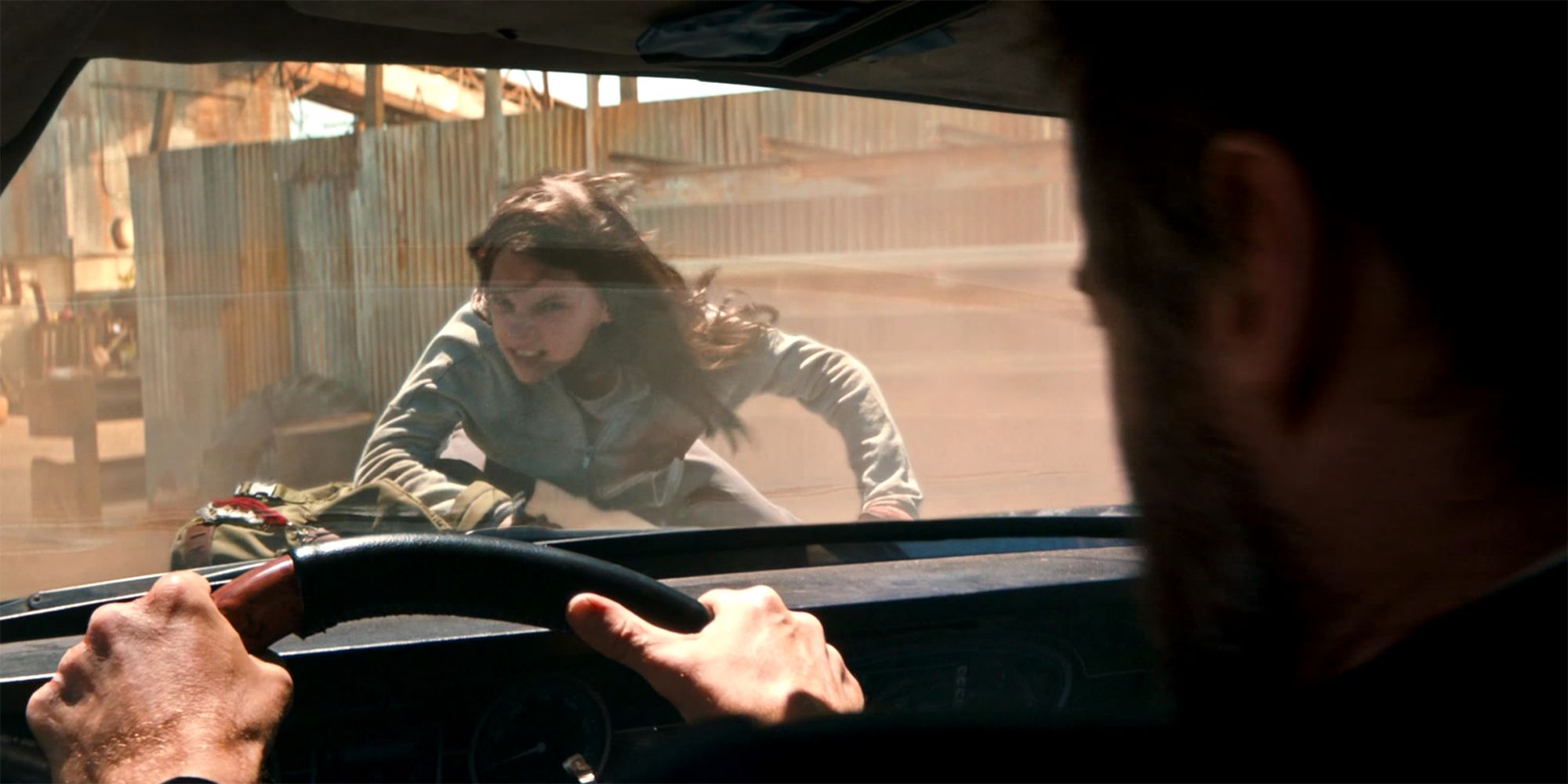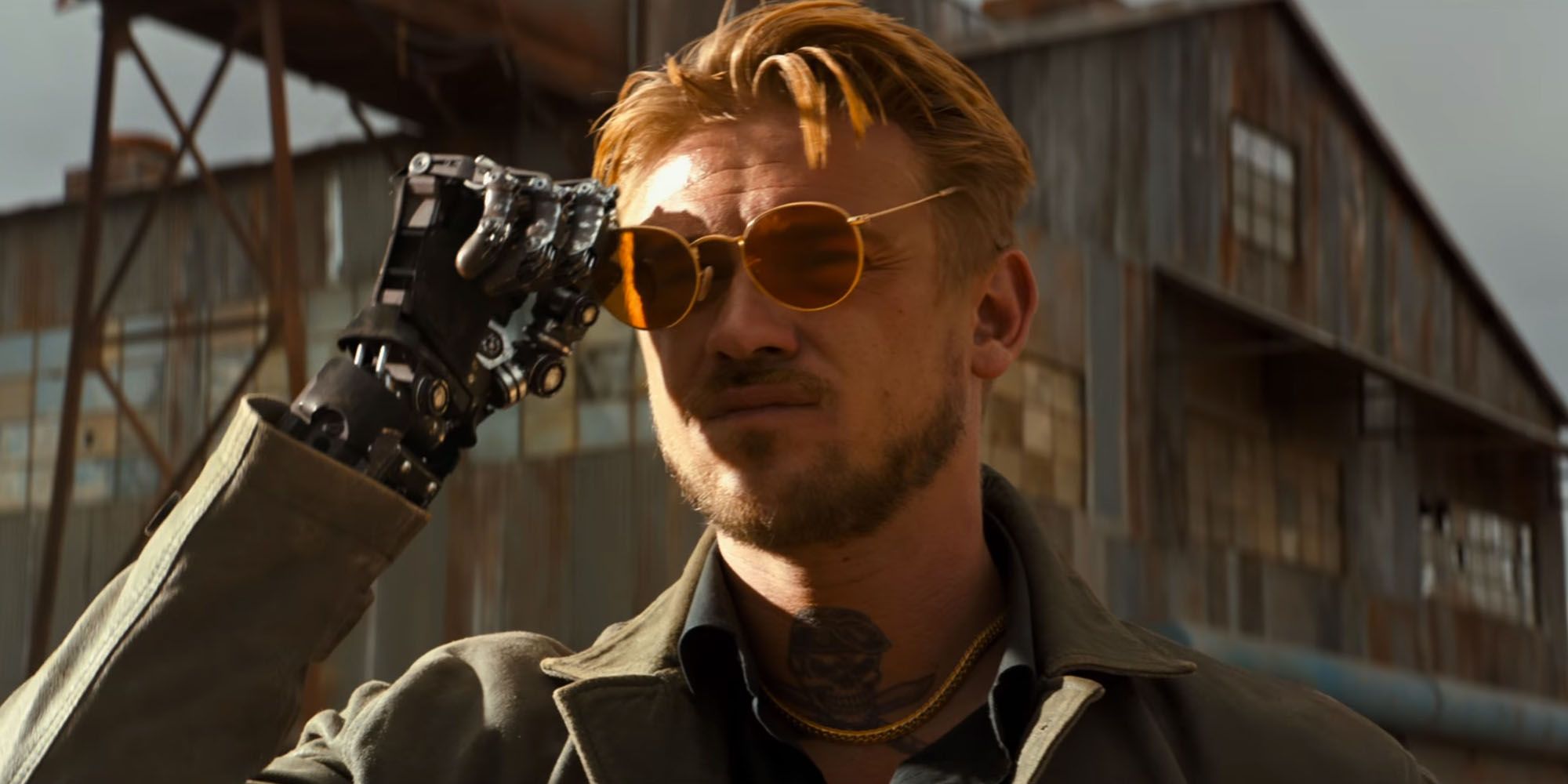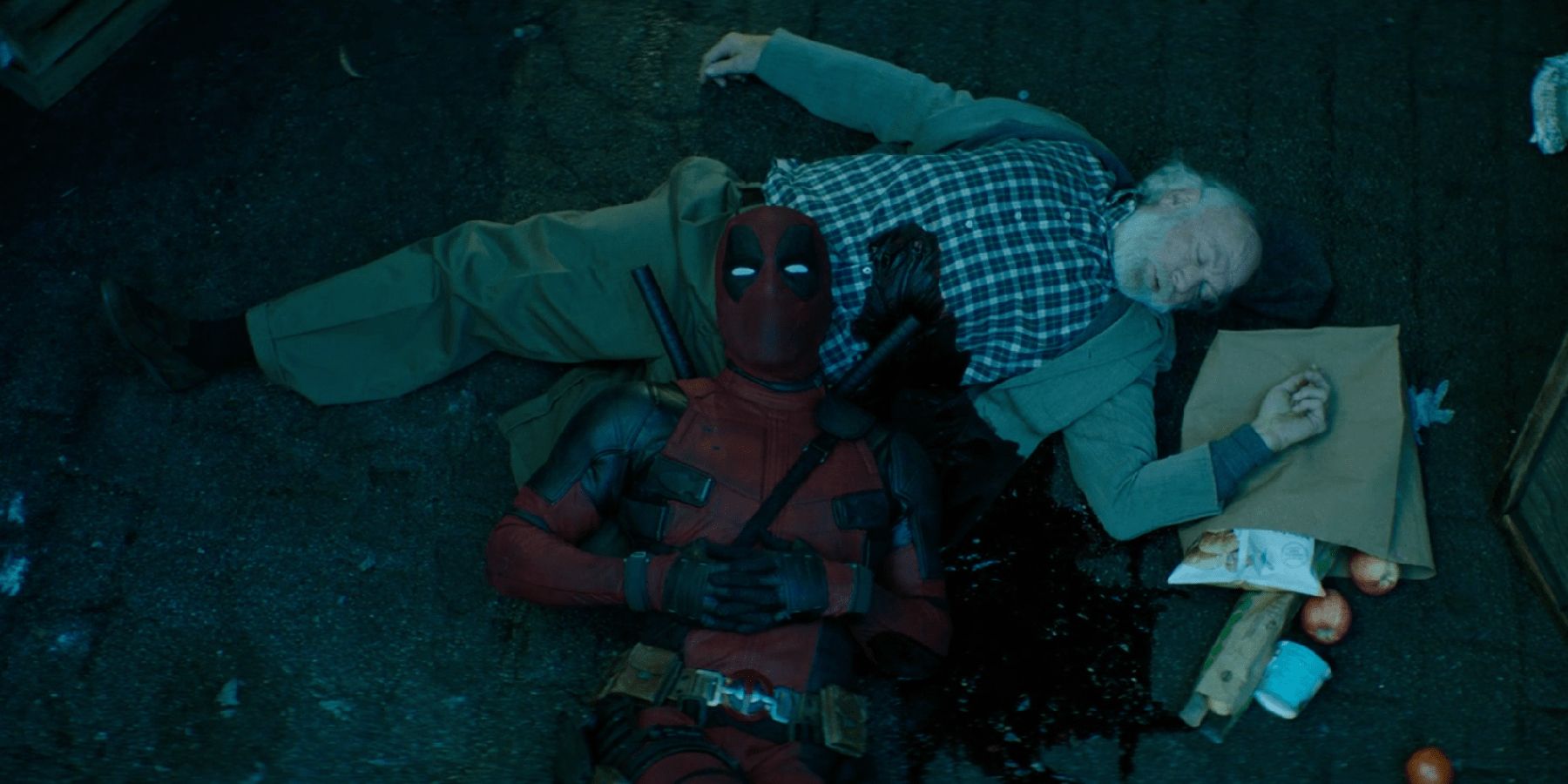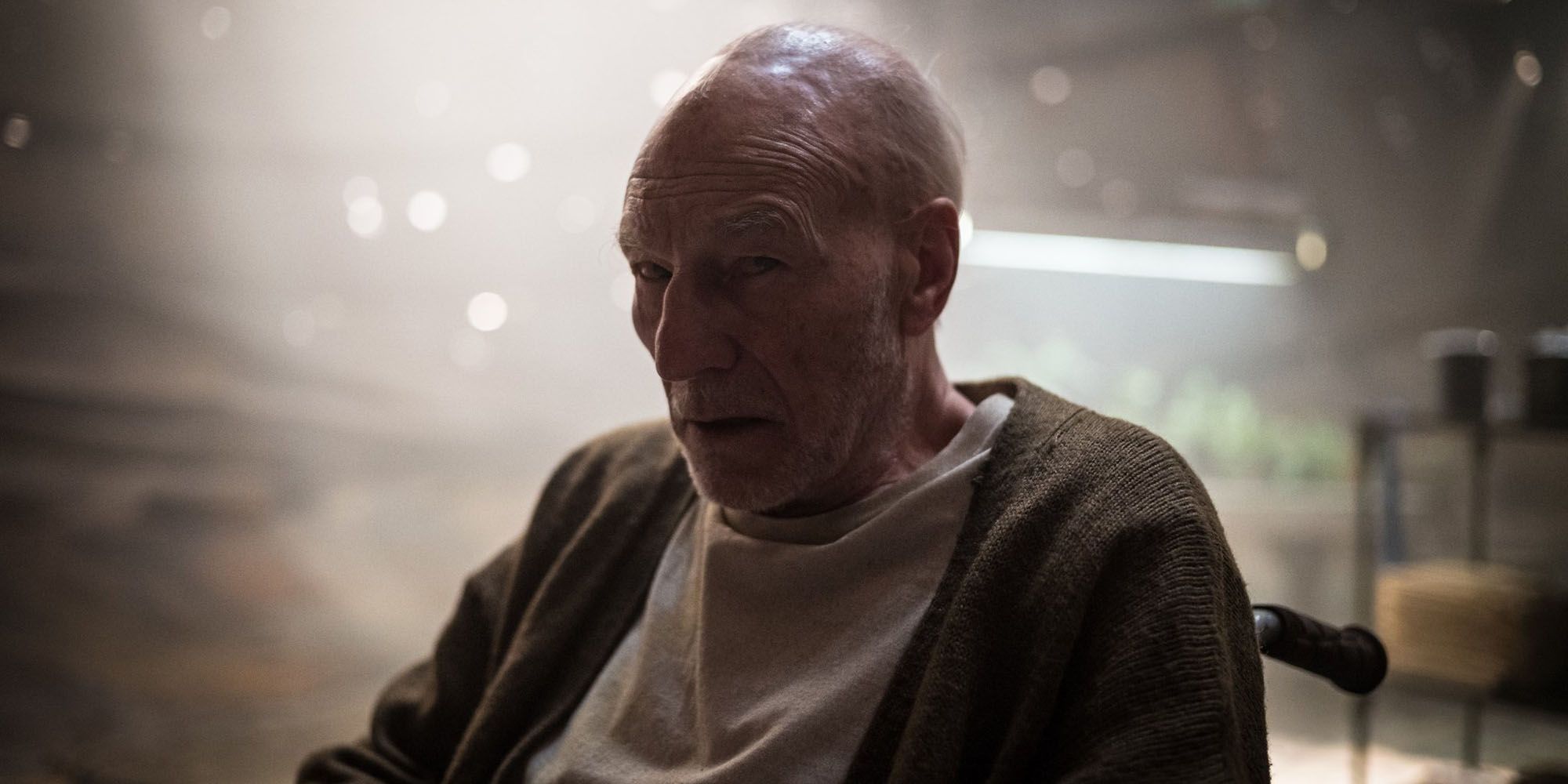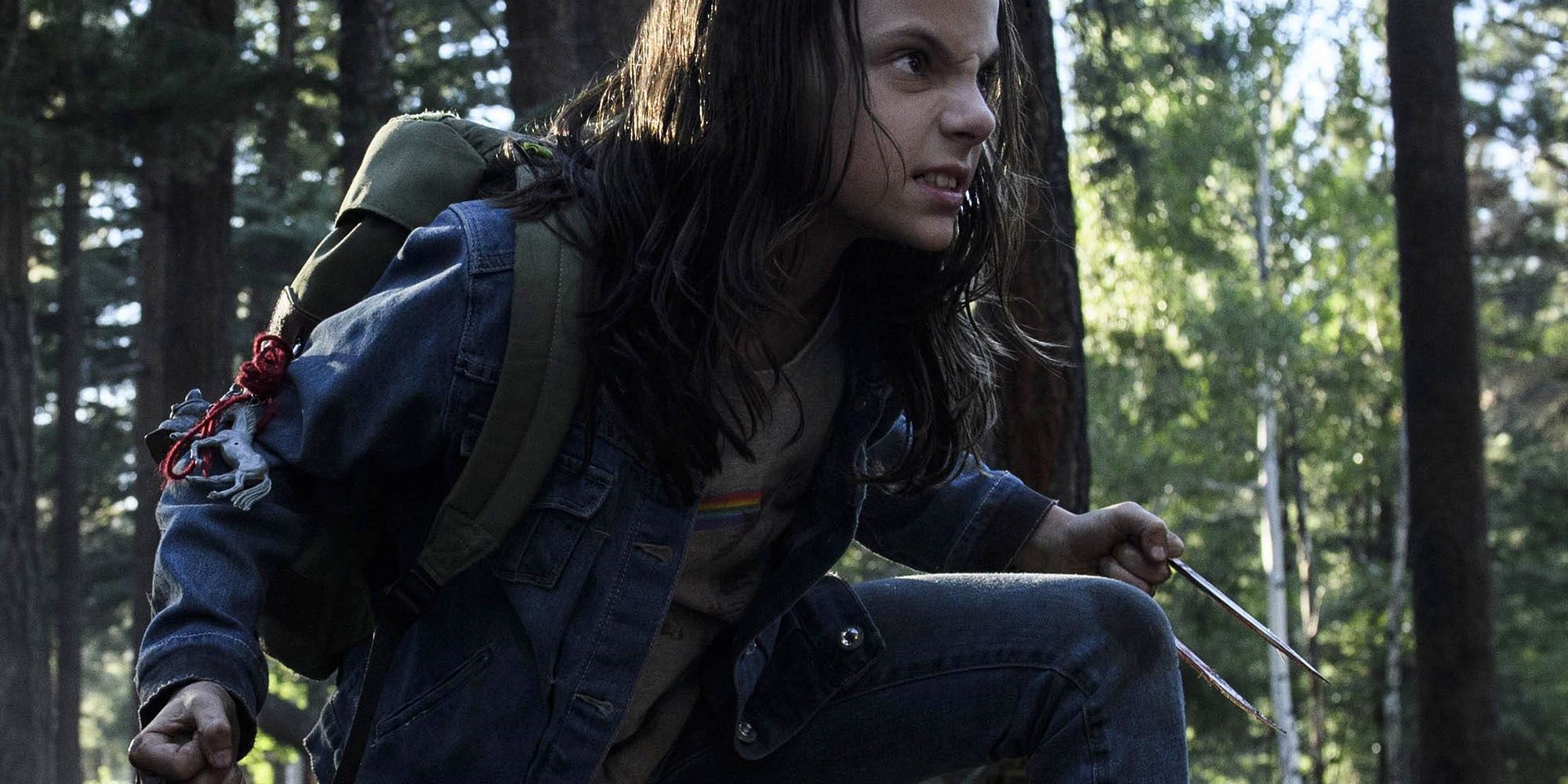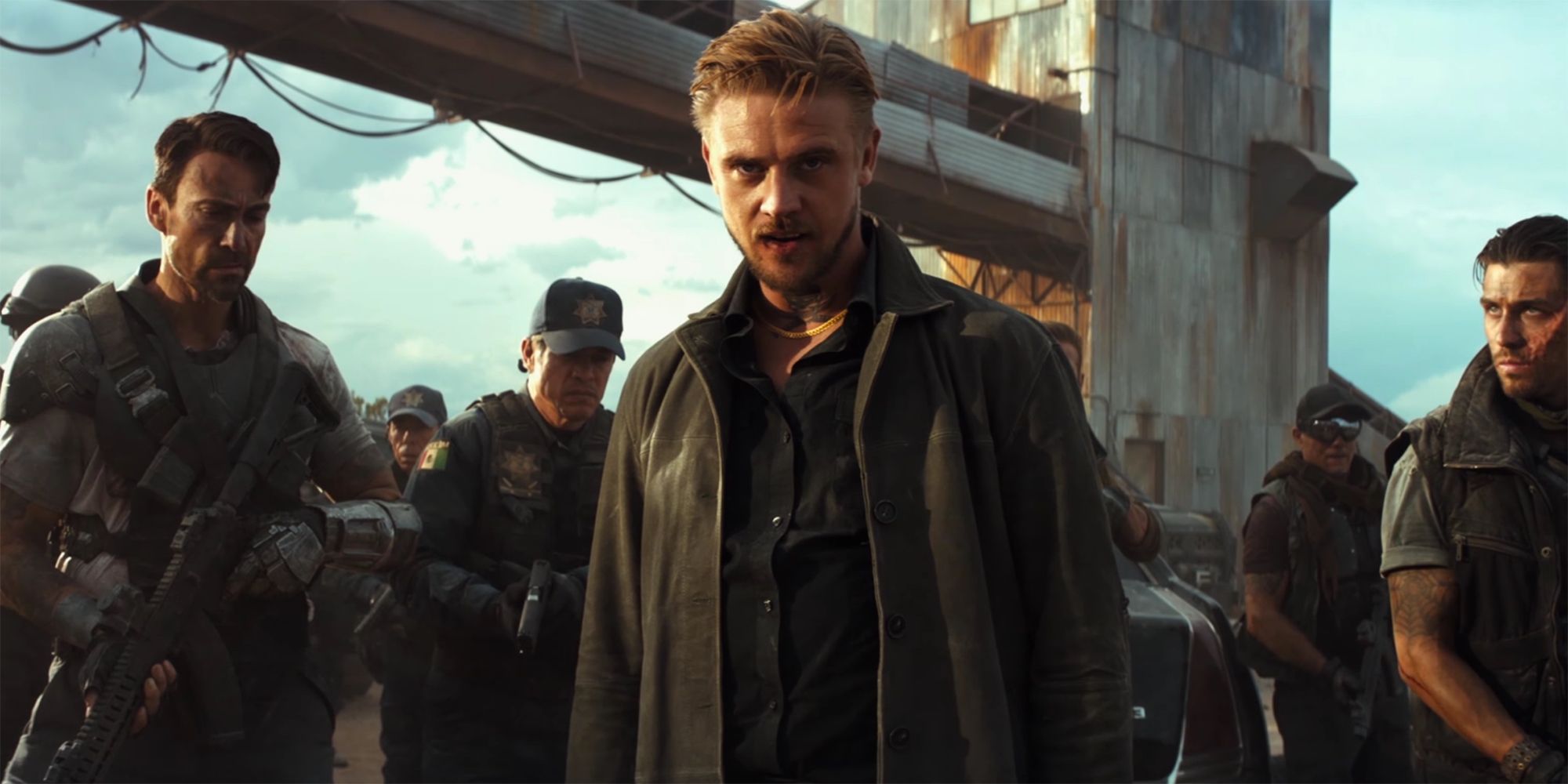SPOILER WARNING: The following article contains spoilers for the "Logan” movie and several other Marvel films.
With a 92% on Rotten Tomatoes, and some critics thinking that there could be some awards in the film’s future, “Logan” is without a doubt a great movie. Its huge opening weekend at the box office shows that audiences love the film, as well. However, “Logan” isn’t just a great movie simply because it's adored by critics and fans alike. No, it’s also a game changer.
RELATED: Logan: 15 Comparison Of The Movie To The Comics
In 10 years, audiences will look back and recognize that “Logan” changed how superhero films were made. A western at heart, the film didn’t focus on the colorful costumes and end of world stakes that many superhero films seem to do. Instead, the film had a more personal story to tell, exploring familial relationships and mortality, all while the main characters chop of limbs and stab enemies. On that note, let’s take a look at 15 ways “Logan” is going to change everything with the way audiences see superhero films.
15 BIGGER ISN’T BETTER
Early on in “Logan,” it’s clear the film is going to be a deeply personal movie, telling the story of a man on the run with a child, who must cross the border before the bad guys apprehend them, audiences are immediately aware that there’s no world ending stakes in this film. There’s no hole in the sky spewing energy. There’s no robot vowing to end humanity. This is just a movie about a guy and a kid trying to get to safety.
Studios believe that to have real stakes and tension in a superhero film, the heroes must face seemingly insurmountable odds. These heroes must understand that if they fail, the world will not survive. For audiences, this was an exciting idea 5 years ago, but having each superhero film feature this scenario has diluted the whole genre and, perhaps, led to fatigue.
With “Logan,” audiences are refreshed to see a film that focuses on a relatively small situation with very real stakes. Instead of the potential of humanity ceasing to exist, the heroes are fighting for relationships and family. The stakes are huge because we, as an audience, know that if they fail, people will die.
14 NO UNNECESSARY CAMEOS
“Logan” really only has about half a dozen characters in it. Sure there are plenty of unnamed Reavers and a nice family that Logan meets about half way through, but honestly this is a story about Logan, Xavier, and Laura. There were no extraneous cameos by Cyclops or Jean Grey. There was no “blink and you miss it” appearances by Rogue or Storm.
The same can’t be said about most superhero films today. Removing the team-up films like “Avengers” or “Justice League,” which revolve around the idea of heroes teaming up, many “solo” films are littered with cameos. Studios believe that the only real way to guarantee financial success is to cram in as many known characters as they can. Take a look at the upcoming “Spider-Man: Homecoming.” All over the marketing so far is Robert Downey Jr. as Tony Stark has been visible. In last year’s “Suicide Squad,” there was a Flash cameo and multiple Batman cameos.
“Logan” had opportunity to include gratuitous cameos, but the filmmakers believed that they would only distract. The result is a film where audiences are only focused on the main characters and their struggle, not taken out of the film when their favorite character pops in.
13 CREATIVE FREEDOM
By all accounts, “Logan” is the film that the creators all hoped it would be. Dark, moody, and deeply personal, “Logan” has all the makings of a great independent drama, but with claws and super powers. Reports surfaced about how Fox wasn’t so keen on this idea at first. Why would they take their biggest, most beloved "X-Men" character and put him in an movie where he dies at the very end? Well, because everyone involved knew this would make an excellent film.
Above all else, “Logan” is a great movie. Not just a great superhero movie, but first and foremost, a great movie in general. Instead of creating a film knowing that the status quo must not change and everything with be tied up in a nice bow at the end, studios should take more risks and trust their filmmakers to tell a great story. Don’t hire creative people and limit what they can do.
“Logan” is the result of actors, producers, and the director all caring deeply about the characters and wanting to tell the best story they possibly can. They didn’t worry about making the most money or fitting in the “cinematic universe.” They just wanted to make a great film. The results speak for themselves.
12 CONTINUITY TAKES A BACK SEAT
Continuity and superheroes have gone together for decades. More recently, Marvel Studios has made a name for itself by developing an overarching continuity between all their films. Other studios have been desperately trying, with varying levels of success, to mimic the MCU’s continuity. In “Logan,” Fox understood that continuity can help add layers to the story, but for the most part, it should take a back seat to quality storytelling.
After seeing “Logan,” most people aren’t concerned about how this all fits in the X-Men film continuity. Someone who has never seen an X-Men film would be able to enjoy the movie. However, if you have watched them all, you get bits and pieces that would enhance the viewing but isn’t critical to the understanding of the story. With how well the film is written and acted, when the characters die, you don’t need 10 films’ worth of history to get emotional. Even if this is your first time seeing Wolverine in a film, you are probably going to leave misty-eyed.
11 DON’T NEED THE BRAND NAME TITLE
Studios believe that a superhero’s name had to be in the title to sell a film to the general audience. To this day, 99% of superhero films feature the character’s name in the title, even when it is completely unnecessary. “Logan” changes that completely. “Logan” is a character piece about Logan, so no other title would be appropriate. Thankfully, Fox didn’t decide to name the film “X-Men: Wolverine: Old Man Logan.” Now, when studios create a quality film, they don’t have to use tricks to get people into the theater. Let the movie speak for itself.
Look at “Captain America: Civil War,” for example. Is that truly a Captain America movie, since it has a cast of a dozen separate Avengers characters? Obviously, he’s the star, but would the film have suffered if it were just called “Civil War?” Probably not. Before “Logan,” the only superhero film to try this strategy was “The Dark Knight” and look how that turned out! Audiences are clearly smart enough to understand what characters are in a film without the title spelling it out for them.
10 SUPERHEROES AREN’T JUST FOR KIDS
Some superheroes just aren’t for kids. Wolverine is one of those characters. He’s a short, hairy, gruff hero with razor sharp claws that kill people. Needless to say, he’s no Spider-Man, and that’s okay! In “Logan,” you find a film that understands the character and tells the best Wolverine story we’ve seen so far. And yes, that means there’s cursing, adult situations, and, of course, bloody gore.
“Logan” is an example of a superhero film that is very respectful of the character, and in being respectful, the movie knows it can’t be intended for children. While this isn’t the case for all superhero films, many heroes would be better served with films that weren’t made to appeal to children. Also, if these films are made well, they can make the same, if not more, money for the studios! More so than “Deadpool,” “Logan” is a film with adult themes and violence that will pave the way for more adult superhero stories.
9 HEROES AREN’T INVINCIBLE
Some of the most shocking, and sad, parts of “Logan” are when the character is trying to recover from his latest fight. Due to his healing factor being greatly diminished, when he gets stabbed, punched, or just generally beaten up, the character has to take time to recover. He’s bloody, bruised, and broken. The fights wear him down.
In modern, mainstream superhero films, the heroes always bounce back. Sure, they might have a couple bruises, but they walk around, talk, and even make jokes. It’s a far cry from the scene in “Logan,” after he fights a group of thugs, where he has to grimace as his body pushes out the bullets. “Logan” shows a hero at his worst. He might come out on top during a fight, but his body is broken after. He’s limping and in pain, instead of strutting and looking heroic.
Moving forward, superhero films should show audiences the result of battles. Our heroes can still be heroic without being invincible.
8 DEATH IS THE END
Sure, superhero films have shown characters die. At the end of “The Dark Knight Rises,” Batman heroically sacrifices himself to save Gotham. Oh, but then he’s seen in Europe with Catwoman eating at a bistro. How about when Superman dies fighting Doomsday at the end of “Batman v Superman: Dawn of Justice?” Oh yeah, at the end, during his funeral, the dirt on his coffin is seen floating in the air, signaling his return in the upcoming “Justice League.”
In “Logan,” Charles Xavier gets stabbed in the chest and bleeds out. He is buried. He’s dead. Logan himself dies fighting the main villain after a broken tree branch impales him. Then the film ends, not with his heroic rise from the dead, but with his funeral. His own biological daughter is the one giving the eulogy. Death is final in “Logan.”
While we love our heroes, audiences are mature enough to understand the consequences of these battles. Studios should respect the audience enough to not use a cheap death as a fake out, used to play with audience’s emotions.
7 NO HAPPY ENDING
Superhero films normally have a happy ending. Even when the film ends on a sadder note, like “Captain America: Civil War” in which characters' friendships have ended, there is a general sense of hope and audiences can leave smiling. In “Amazing Spider-Man 2,” after Gwen dies, the film could have ended, but there was a tacked on scene that ended with Spider-Man back in action, happy and ready to fight.
In “Logan,” the ending is much more dour. Sure, Logan saves the children, but what happens next? The final image is young pre-teen children trying to fend for themselves in the woods after burying their protector. Audiences aren’t even given a definite yes or no on whether or not Eden actually exists or if the children are just walking into more danger. Maybe the kids don’t even make it, and are attacked by another group of mercenaries. Even with such a sad ending, that somber scene is the perfect way to close the film.
Superhero films don’t always need a happy ending to satisfy audiences. “Logan” shows that as long as the story is told well, audiences will care about the characters enough to want to know what happens next.
6 HEROES AREN’T ALWAYS HEROIC
It’s common sense that in a movie where audiences are supposed to root for the heroes, you have to make them likeable. Normally this means, no matter what, that they do the right thing. In “Logan,” time after time, our heroes are shown doing the wrong things, and the film is better because of it.
Xavier is a broken, traumatized man, and is responsible for the death of the X-Men. Logan is only redeemed at the very end, but up until that point, he wants nothing to do with Laura or the other kids, and does everything in his power to leave her behind, even at one point putting Xavier in the limo and literally leaving her behind. Logan is a drunk that curses, murders and uses people like Caliban for personal gain. He's not much of a hero at all.
Because of these actions, when Logan is finally redeemed, it feels earned and audiences are devastated by his death. Showing heroes, not as infallible, but as real people that make horrible mistakes, gives the audiences something more relatable.
5 CGI IN MODERATION
The use of CGI in “Logan” is refreshing. Obviously, the film needs CGI for the claws and the healing. They even use it in more subtle ways, like using CGI to place Hugh Jackman’s face on a stunt driver.
Part of the fatigue in superhero films is in part due to the huge third-act battles that are almost entirely CGI-enhanced. Sure, Iron Man, and many other superheroes, needs to use a lot of CGI, and that’s fine, but there is a line. “Avengers: Age of Ultron” features and amazing battle with all the Avengers taking on a horde of robots. They’re flipping, flying, and crushing robots with energy beams and superhuman strength. It’s basically a really expensive cartoon, and audiences tend to lose their connection with the characters. Wolverine’s last film, “The Wolverine,” is a victim of this with its third act's battle involving a large robot.
“Logan” is much more reserved with its use of CGI, and in doing so, makes the film feel more real. The fight scenes are more visceral, and the action feels more plausible. The result is a film that feels just as epic as "Avengers," but without all the unnecessary fluff.
4 NO POST-CREDITS SCENE
Post-credit scenes are now a staple of the superhero film genre. It’s just common knowledge that when you see a superhero film, you wait until the absolute end of the credits before you get out of your seat. “Logan” changes that. Instead of a post-credit scene, audiences are given a nice 3-minute short film featuring Deadpool that doesn’t have anything to do with “Logan.” Had Fox put that at the end of the film, it would have undercut everything that happened before and felt completely out of place.
While we at CBR enjoy a great post-credits scene as much as the next person, they’re completely unnecessary and take away from the films preceding them. Why not put together little short films to put in front of their films to promote characters? We all know these are just advertisements anyway, so just put them in front with all the other trailers. It’s worked incredibly well for “Deadpool 2.” The “No Good Deed” short has been viewed tens of millions of times already on YouTube, and people are talking about it just as much, if not more, than they would had they done the standard short post-credits scene.
3 OLD HEROES ARE STILL INTERESTING
It’s just assumed in the superhero film world that audiences don’t want to see older heroes. As actors grow older, there is always talk of them retiring from the character and moving on, giving the role to a younger, more age-appropriate actor. “Logan” shows audiences, and studios, that there are plenty of stories that can only be told when the characters have aged.
The main heroes of “Logan," excluding Laura, are old men. Logan himself is finally showing the signs of age and limps around for most of the movie. Xavier is in his 90s and losing his mind. Caliban is also older, frail and is seen wrapped up in fabric most of the time. These characters are on the opposite end of the spectrum of Marvel Studios’ “Three Chris’s” of Chris Pratt, Chris Hemsworth, and Chris Evans, who are each chiselled younger men in perfect shape.
Audiences are more sophisticated than studios give them credit. We don’t need to see overly attractive faces to sell a superhero film. “Logan” shows that, with a great story, the age of the actors involved is irrelevant. Robert Downey Jr. should play Iron Man until he’s done with the character, not because of age.
2 GIRL HEROES CAN BE JUST AS BRUTAL AS THE BOYS
Without a doubt, the most surprising, and refreshing, aspect of “Logan” is Dafne Keen’s portrayal of Laura aka X-23. At such a young age, the actress is able to show a ferocity that rivals Hugh Jackman’s on his best day. The first time we see her about to fight, we are shown the character approach a group of men with guns and she throws a severed head at them, showing just how savage and capable the character is.
Previous to X-23, female superheroes in films have tended to be good fighters, but never more powerful than their male counterparts. Black Widow, for example, is a fine fighter, but most of her fight scenes include her doing kicks, flips and fancy martial arts in skintight leather and impossibly beautiful hair. She’s never shown to have the pure power of someone like Captain America.
Laura is the complete opposite. She’s just as capable of fighting as the men, and even saves Logan on more than one occasion. She never needs help from other characters, even to the point of growling and yelling instead of crying or begging for help when she’s shackled. She flips just about every female hero trope on its head.
1 NO BIG BAD
Most superhero films include a main villain that’s larger than life for our heroes to fight. Whether it’s Apocalypse, Ultron or even Doomsday, the heroes are fighting an incredibly powerful villain that poses a threat to the entire world. Inversely, the main villains in “Logan” are a scientist and the Reavers, a run-of-the-mill team of mercenaries.
By keeping “Logan” smaller-scale, the movie is allowed to be more of a character piece. The focus is on the heroes and their struggles, and less on the villains or their master plans. The crux of the film isn’t leading towards a big fight in the middle of the city. Instead, the final battle features the heroes running away from the villains as they try to escape to safety. The stakes are just as real without needing a big bad with a master plan to provide the conflict.
This shows that upcoming superhero films don’t need to focus so much on who the villain is, as long as the story is strong and the audiences care about the heroes. “Logan” didn’t take time away from our heroes by giving us unnecessary backstory of the villains, and the film succeeds because of it.
Do you feel there are other ways that "Logan" has changed the way we'll look at superhero movies? Be sure to tell us what those are in the comments!

